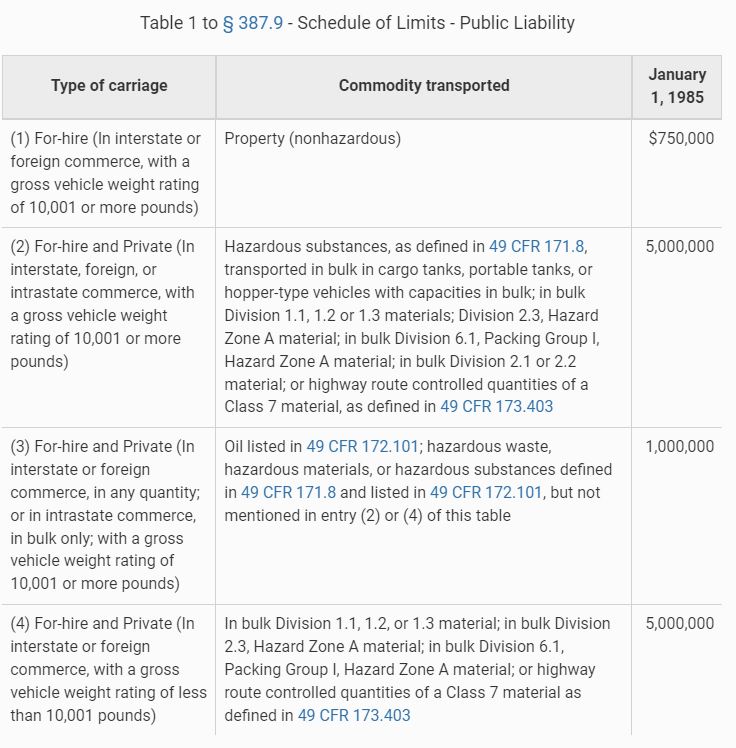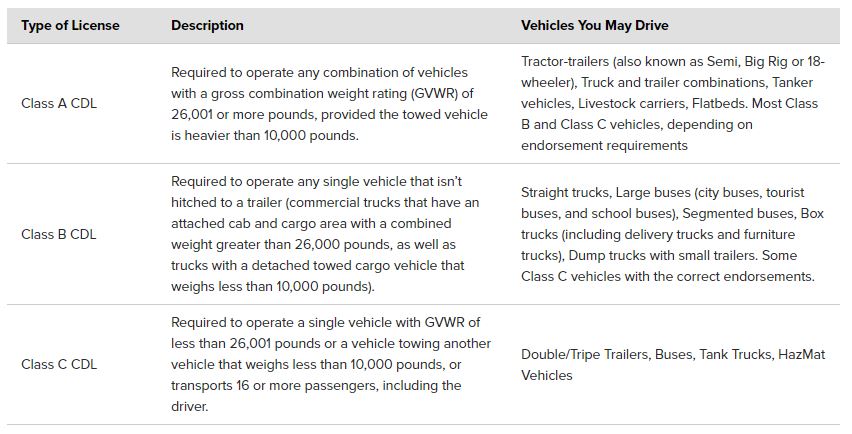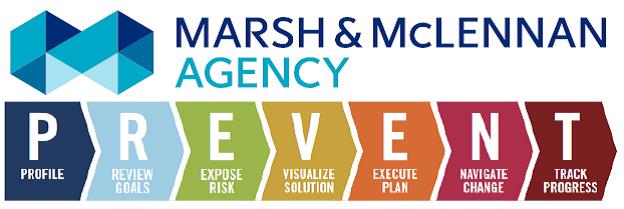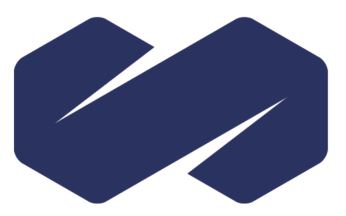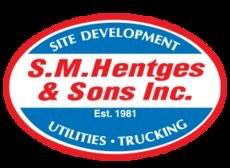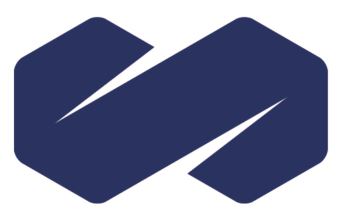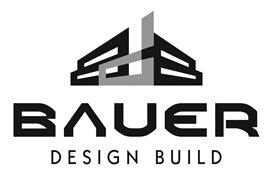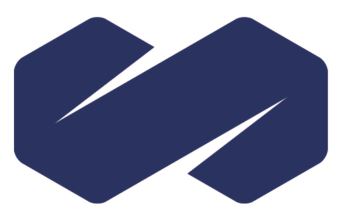Title Page
-
Site conducted
-
Conducted on
-
Prepared by
-
Location
-
Who is responsible for DOT Compliance, Fleet Management and Fleet Maintenance?
Section 1 - General Information
Insurance
-
Does the organization have proper liability coverage (DOT 387.9)
Schedule of Limits - Public Liability (DOT 387.9)
-
Property and hazardous material carriers must have either a Form MCS-90 (insurance) or MCS-82 (surety bond) confirming coverage for these minimum levels of insurance(DOT 387.15).
-
Is the information on the MCS-90 or MCS-82 accurate and current? <br>
MCS-90 Form
-
If the insurance policy, as identified by the policy number on the Form MCS-90, is still valid upon the renewal of insurance, no new Form MCS-90 is required. If the policy number has changed or the insurance policy has been canceled in accordance with the terms shown on Form MCS-90, then a new Form MCS-90 must be completed and attached to the valid insurance policy.
Accident Register (DOT 390.15)
-
Motor carriers are required to maintain a register of all crashes that occurred in the past 3 years. The register must contain, at minimum, the date of the crash, the city or town and state most near where the crash occurred, the driver’s name, the number of injuries or fatalities, and whether hazardous materials, other than fuel spilled from the fuel tanks of motor vehicle involved in the crash, were released. If a crash involves the release of hazardous materials, carriers must also complete a hazardous incident report.
-
DOT Recordable Accident Log is accurate, current and maintained for the the past 3 years?
-
Does the log include: Date, Driver, Location, # of injuries, # of deaths, hazardous materials other than fuels, tow away, ambulance for anyone involved?
-
Are police reports, accident reports, repair estimates kept in the accident log as well?
Sample DOT Recordable Accident Log
Vehicle Markings (DOT 390.21)
-
Are the vehicles marked on both sides with carrier's legal name and dentification number issued by FMCSA (preceded by the letters “USDOT")? Attach a photo for reference.
Driver Training Requirements
-
Alcohol & Drug Testing (DOT 382.601): Drivers who will operate commercial motor vehicles in the United States requiring a commercial driver’s license (CDL) are given educational materials that explain the requirements, and the company’s drug and alcohol policies and procedures. Training documentation maintained for the duration of employment and for 2 years after it ceases.
-
Supervisor Reasonable Suspicion Testing (DOT 382.603): All CDL driver supervisors must receive 60 minutes of alcohol abuse training and 60 minutes of controlled substances (drug) abuse training. Supervisors have to receive this training prior to sending a driver for a DOT reasonable suspicion test. Recurrent training is not required. Training documentation maintained for the duration of employment and for 2 years after it ceases.
-
Hazmat (DOT 172.704) General Hazmat Employees, Hazmat for Drivers: All employees who perform any function subject to the Hazardous Materials Regulations, such as loading and unloading, preparing the packaging and markings, working with hazmat paperwork, and/ or driving the vehicle transporting the hazardous materials, must receive training. The required areas are: General Awareness, Function Specific, Safety, Security, In-Depth Security (if required), and Modal Specific. Initial training must be done prior to performing the function subject to the hazmat regulations. Refresher training must be given every 3 years. Training documentation maintained for the duration of employment and for 90 days after it ceases.
-
In-Depth Hazmat Security Awareness (DOT 172.704): Hazmat employers required to complete a security plan must also provide In-Depth Security training. Hazmat employees affected by a security plan must be trained on company security objectives, specific security procedures, employee responsibilities, actions to take in the event of a security breach, and the organizational security structure. Refresher training must be given every 3 years. Training documentation maintained for the duration of employment and for 90 days after it ceases.
-
Longer-Combination Vehicle (DOT Part 380, Subparts A through D): Operators of LCVs in interstate commerce and LCV-driver instructors are subject to minimum training requirements. A driver who wishes to operate an LCV must successfully complete a driver-training program that includes components addressing both knowledge and skills. The driver must successfully pass a knowledge test and a skills test. Documentation of this must be maintained in the driver’s qualification file. An LCV classroom and skills instructor must meet certain knowledge and training requirements.
-
Annual/Brake Inspector Qualifications: Individuals who conduct periodic/annual inspections and employees who are responsible for brake inspections/maintenance are required to have training and/or experience totalling at least one year. Documentation of each inspector’s qualifications must be maintained by the motor carrier during the time the individual is performing this function and for 1 year after it ceases.
Driver Deficiencies, Corrective Actions and Discipline Program
-
Is a formal system in place to identify driver deficiencies and to provide corrective actions including discipline?
Progressive Discipline Summary Example
-
Are drivers re-trained when deficiencies are identified?
-
Is the organization checking their SMS profile to identify deficiencies?
-
Are detailed records kept for any discipline and corrective actions for driving performance?
Section 2 - Driver Qualifications
-
Driver Qualification Files are maintained for all CDL Drivers (26,001 lbs and greater) and Non-CDL Drivers (10,001 to 26,000 lbs) of Commercial Motor Vehicles.
Driver Qualification File Requirements (Non CDL Drivers):
-
Driver Application on file (DOT 391.21)
-
Inquiry into previous employers (DOT 391.23) on file. Employer has made a "Good Faith Effort" to obtain information about each driver (Safety Performance, Driver History, Drug & Alcohol Testing Results). Documentation of inquiry and records maintained.
-
Motor Vehicle Record (DOT 391.23) authorization request on file.
-
DOT Physical (DOT 391.43) Certification cards on file for 3 years
-
Road Test Certification on file (DOT 391.31)
-
Annual inquiry, statement of violations, and review of driving record on file for 3 years (DOT 391.25)
-
Copy of drives license (front and back) maintained on file
-
Intermittent or Multiple-Employer Drivers statement of On-Duty Hours on file?
Sample Non-CDL Driver DQ File checklist:
Driver Qualification Files Requirements (CDL Drivers):
-
Driver Application on file (DOT 391.21)
-
Driver Application Controlled Substance and Alcohol Questionnaire on file
-
Inquiry into previous employers (DOT 391.23) on file. Employer has made a "Good Faith Effort" to obtain information about each driver (Safety Performance, Driver History, Drug & Alcohol Testing Results). Documentation of inquiry and records maintained.
-
Motor Vehicle Record (DOT 391.23) authorization request on file.
-
DOT Physical (DOT 391.43) Certification cards on file for 3 years
-
Road Test Certification on file (DOT 391.31): It is recommended the employer conduct upon hire, but it <br>is not required as it is part of obtaining a CDL.
-
Annual inquiry, statement of violations, and review of driving record on file for 3 years (DOT 391.25)
-
Copy of drives license (front and back) maintained on file
-
Intermittent or Multiple-Employer Drivers statement of On-Duty Hours on file?
-
Waivers granted by state & federal for drivers with disabilities on file (i.e. Diabetes, DOT 391.49)
-
Drug & Alcohol Policy Acknowledgement Form on file (DOT 382.601)
Sample CDL Driver DQ file checklist
Licenses:
-
Valid CDL License and endorsement in place for the type of vehicle being driven?
CDL License Types
-
-
Are expiration dates tracked to avoid driving on expired license?
Drug & Alcohol Testing Policies:
-
What types of drivers of Commercial Motor Vehicles are used at the location?
-
Pre-employement drug testing in place?<br>DOT 382.301
-
Random Drug & Alcohol Testing in place?<br>DOT 382.305
-
Post-accident Drug & Alcohol Testing in place?<br>DOT 382.303
-
Reasonable Suspicion Training for supervisors completed annually?<br>DOT 382.307
-
CDL specific Drug & Alcohol Testing in place (separate from other D&A testing programs)?<br>DOT 40 & 382
-
Does the non-CDL Driver carry placardable amounts of hazardous materials, or operate vehicles carrying 16 passengers including the driver?
-
Pre-employement drug testing?<br>DOT 382.301
-
Random Drug & Alcohol Testing (CDL Drivers)<br>DOT 382.305
-
Post-accident Drug & Alcohol Testing?<br>DOT 382.303
-
Reasonable Suspicion Training for supervisors?<br>DOT 382.307
-
CDL Drug & Alcohol Testing - Separate from other D&A testing<br>DOT 40 & 382
-
Drug and alcohol testing is not required for Non-CDL Drivers of a Commercial Motor Vehicle (10,001 lbs to 26,000 lbs, any combination of truck/trailer).
Drug & Alcohol Testing Policy
-
Written Policy in place? (DOT 382.601)
-
Written policy has been distributed to CDL drivers? (DOT 382.601)
-
Acknowledgement forms have been signed by drivers?
-
Federal custody and control forms being used by drug and alcohol testing provider?
-
Does the organization use a template for the notification of an employee to drug test? Does the organization delay notifying employees until they are sure the test can be done? Does it include information of an employee is unable to comply?
Sample testing notification template
Section 3 - Hours of Service Requirements
-
Is the employer subject to Hours of Service requirements?
-
Hours of Service Log is in use and records are maintained for at least six months for each driver? (DOT 395)
-
Is the Employer following the Short Haul Exception?
-
Do drivers stay within 150 air-miles of work reporting location (DOT 395.1)?
-
Do drivers return to work location within 14 hours?
-
Are property carrying drivers allowed 10 consecutive hours off between shifts??
-
Are passenger carrying drivers allowed 8 consecutive hours off between shifts?
-
Is there a time card or other time keeping system in place with at least 6 months of records for each driver?
-
Do drivers stay within 150 air miles of the normal work location?
-
Do drivers return to the normal work location at the end of each day?
-
The driver does not drive: <br>(A) After the 14th hour after coming on duty on 5 days of any period of 7 consecutive days; and <br>(B) After the 16th hour after coming on duty on 2 days of any period of 7 consecutive days;
-
Is there a time card or other time keeping system in place with at least 6 months of records for each driver?
Section 4 - Vehicle Maintenance
Vehicle Maintenance File:
-
Is there a maintenance file with a record of inspection, repairs, testing and maintenance of vehicles? Files must be maintained for a period of 1 year and for 6 months after the motor vehicle leaves the motor carrier's control (DOT 396)
DOT Inspections:
-
Are these inspections performed by a certified inspector?
-
Are DOT Inspection files kept for 14 months?
-
Is there a copy in the vehicle of the most recent DOT inspection?
-
Are the proper forms being used for DOT Inspections (Federal and/or State inspection form)?
DOT Inspection Forms
-
Minnesota DPS DOT inspection form
-
FMCSA DOT Inspection Form
CMV Brake Repairs & Maintenance:
-
Are these repairs and maintenance performed by a certified inspector?
Roadside Inspections
-
Are copies of all roadside inspections maintained for 1 year?
Post-Trip Inspection Reports:
-
Are the post-trip inspections kept for 90 days?
-
Are the inspection reports including:
-
Are the inspection reports including the following (check all that apply):
- Date
- Vehicle Identifier
- Items Inspected
- Deficiencies Found
- Signature of Inspecting Driver
Section 5 - Hazardous Materials
-
Does the employer transport hazardous materials per the FMCSA?
-
Is the employer registered to Registered to transport hazardous materials?<br>Registration is required if transporting the types and quantities of hazardous materials requiring a safety permit in intrastate commerce (see https://www.ecfr.gov/current/title-49/subtitle-B/chapter-III/subchapter-B/part-385/subpart-E/section-385.403), OR Is used to transport hazardous materials requiring placarding under 49 CFR in interstate commerce (across state lines).
-
Has the MCS-150B form been submitted?
FMCSA Instructions for MCS-150B
Section 6 - Additional Information
-
Review complete SMS profile on the SAFER website: https://safer.fmcsa.dot.gov/CompanySnapshot.aspx
-
Does the individual responsible for DOT compliance have an FMSCA Pin # to access detailed inspection records?
-
Request a Pin #: https://www.fmcsa.dot.gov/registration/request-pin-number
-
Has the MCS-150 form been udpdated within the past year?
FMCSA Instructions for MCS-150
-
Review Loss Runs (crashes, property damage, etc.)






